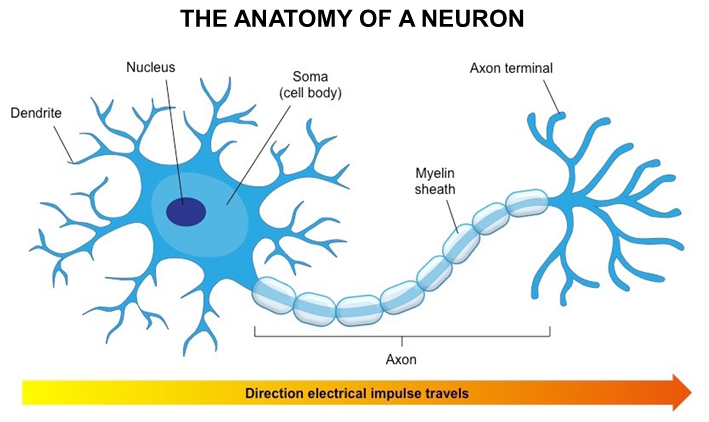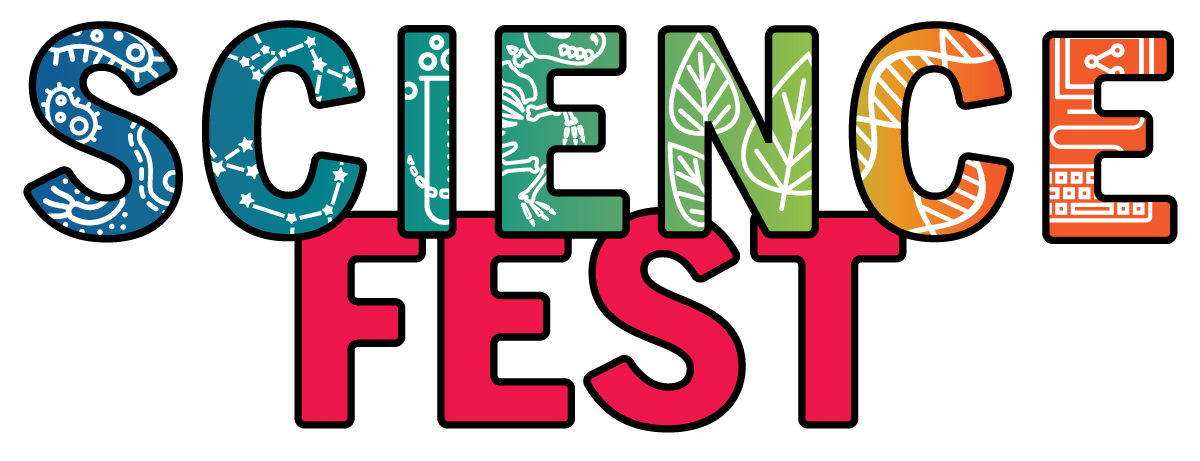Materials Checklist
- Playdough, store bought or homemade (see recipe if you’d like to make your own)
Motor Neurons
Neurons are types of cells throughout the nervous system that send messages to one another. One type of neuron, a motor neuron, transmits signals from the brain to a part of the body by using electricity. For example, a motor neuron is how instructions to move your fingers would travel all the way from your brain to your hand.

Before a motor neuron sends an electrical signal, it first receives a chemical message on its dendrites, which are small branches off the main cell body. These chemical messengers are known as neurotransmitters and they help information get passed between neurons. The cell body of the motor neuron then converts this chemical message into an electrical one. This electrical signal is called an action potential. The actional potential travels down the length of the axon, which is the part of the neuron responsible for carrying a signal from one end of the cell to the other. A fatty layer, or myelin sheath, covers parts of the axon and creates insulation that allows the action potential to move very quickly. The electrical signal can move quickly down the axon because it ‘jumps’ between nodes that are not covered with myelin. The action potential moves all the way from the cell body of the neuron to the axon terminal, which stores neurotransmitters. The motor neuron can then convert the electrical signal back into a chemical message that will be passed along to the next neuron.
Let’s Build a Neuron
Once your playdough is ready, follow the instructions in this slideshow to build your neuron!


